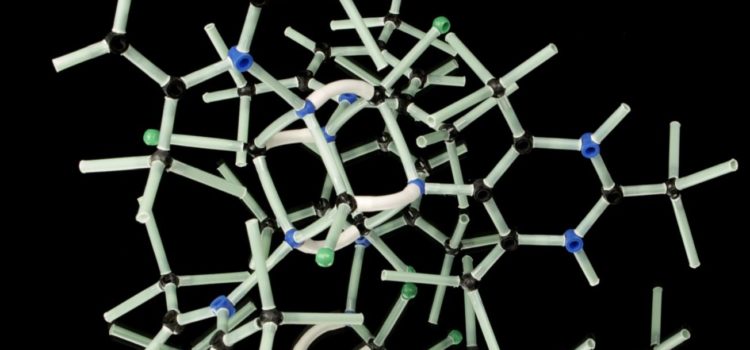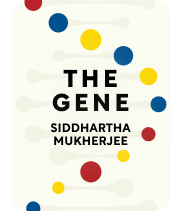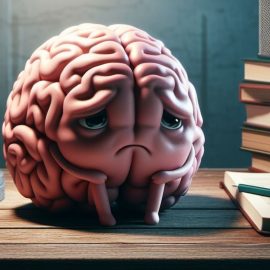

This article is an excerpt from the Shortform book guide to "The Gene" by Siddhartha Mukherjee. Shortform has the world's best summaries and analyses of books you should be reading.
Like this article? Sign up for a free trial here.
How does DNA store genetic information? How do genes direct the production of proteins that make up the structure of our bodies?
DNA contains instructions for building proteins that make up just about everything in your body. Specifically, genetic information in DNA is stored as a code made up of four base chemicals called nucleotides.
Here’s how DNA molecules encode biological information.
DNA Structure Explained
How does DNA store genetic information? DNA is made of four nucleotides: adenine (A), cytosine (C), guanine (G), and thymine (T). However, it isn’t nucleotides themselves that encode genetic information—four chemicals aren’t nearly enough to account for the enormous array of proteins that our bodies produce—but rather the order in which those nucleotides are arranged. Therefore, in order to decode genetic instructions, scientists first had to learn how to sequence genes—in other words, to determine exactly which nucleotides are present and in what order.
In 1977, Cambridge biochemist Frederick Sanger fully sequenced a genome for the first time. Using specially tagged nucleotides, he was able to follow along as the virus replicated itself, painstakingly copying down the approximately 5,400 base pairs of a virus called Phi X174. By doing so, he was able to match genes with the proteins they created—in essence, he learned how to read the virus’s genetic code.
Form Fits Function
“Form fits function” is an old maxim of biology. It means that because all the parts of our bodies work together like a complex organic machine, you can deduce what each part of that machine does from how it’s built—for example, we can tell that red blood cells carry oxygen because they have binding sites for oxygen molecules.
Scientists were using “form fits function” logic when they dismissed nucleic acids in favor of proteins. They were looking for a type of molecule that could encode very complicated data (the blueprints for an entire human body), and proteins can have extremely complex structures, so they seemed like more likely candidates than the relatively simple nucleic acids.
A nucleotide is like a single letter—each one has little meaning on its own, so scientists dismissed them as useless. Watson, Crick, and Franklin’s work showed how DNA strings many “letters” (nucleotides) together to form coherent “sentences” (genes)—they discovered how DNA’s form fits its function. The structure of DNA is perfect for encoding complex genetic information: It’s a stable molecule thanks to the bonded nucleotide pairs, it’s easy for enzymes to interact with, and it can encode any amount of data using different combinations of nucleotides.

———End of Preview———
Like what you just read? Read the rest of the world's best book summary and analysis of Siddhartha Mukherjee's "The Gene" at Shortform.
Here's what you'll find in our full The Gene summary:
- What genes are and how they work, explained in simple terms
- The history of gene discovery, dating back to the 1800s
- What the future of genetic engineering looks like






